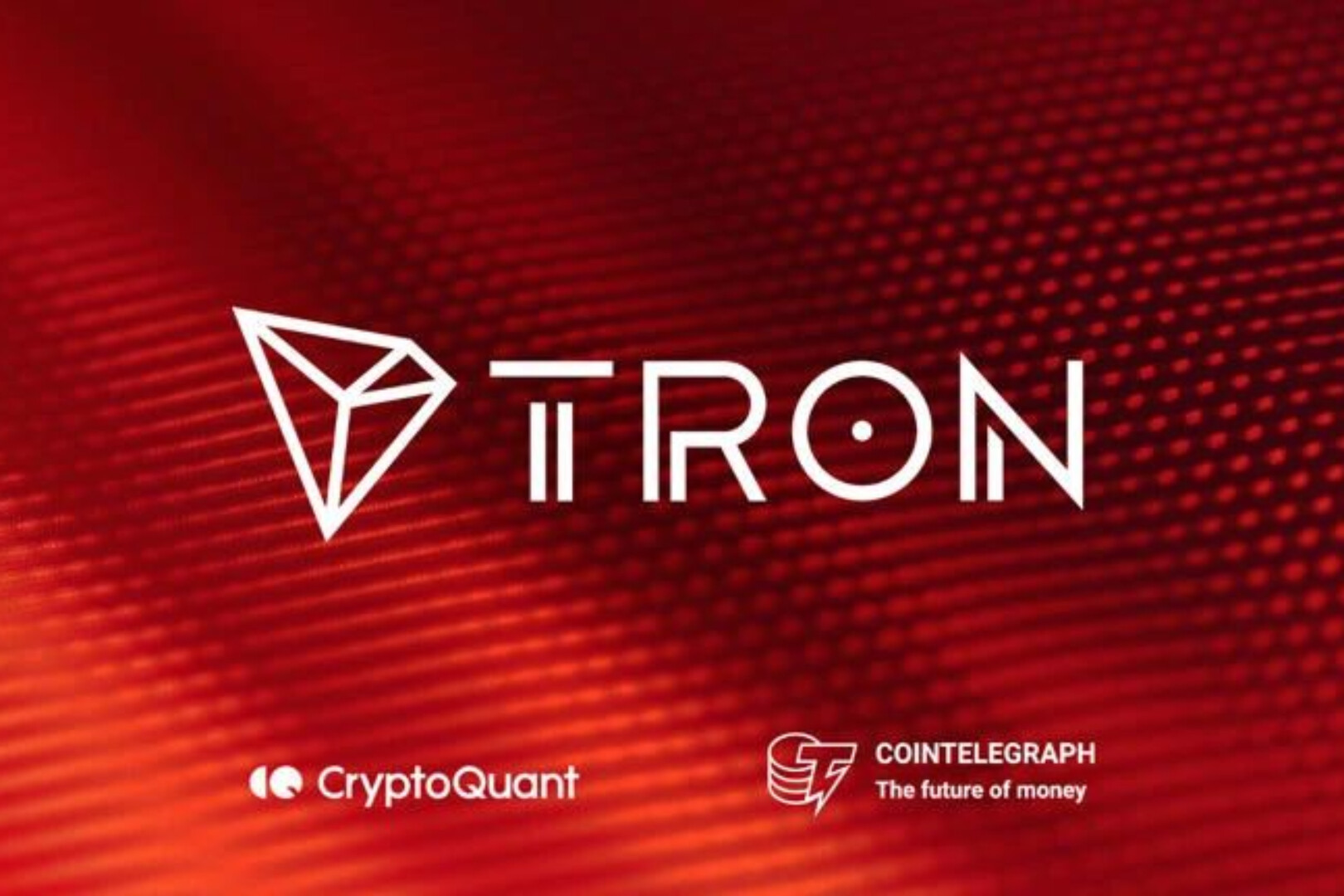If Satoshi Nakamoto’s release of the Bitcoin white paper ushered in a new era of the blockchain era, then the entire industry has been faltering for 11 years today. I think that what can be compared with this event is not the advent of Ethereum, let alone EOS. Instead, Facebook officially released the Libra white paper on June 17, 2019, US time.
Libra's mission is to build a simple, borderless currency and financial infrastructure that serves billions of people.
Libra's mission is to build a simple, borderless currency and financial infrastructure that serves billions of people.
Libra's goal is to become a stable digital cryptocurrency that will be fully backed by real asset reserves and supported by a network of competing trading platforms that buy and sell Libra.
Before the emergence of Libra, with the advancement of blockchain technology, the blockchain industry has achieved rapid development-the blockchain has long since broken away from the point-to-point value exchange described by Satoshi Nakamoto in the Bitcoin white paper In simple scenarios, blockchain technology has been applied to all aspects of life through smart contracts and other means, and TPS breakthroughs have been achieved through technological and economic innovation, and the past ideas have been pushed to reality step by step, and the value of the Internet of Everything will be realized. .
However, even so, blockchain technology has never entered the mainstream world. The so-called mainstream world is naturally hostile to blockchains that include digital currencies, and practitioners in the blockchain industry can only work in a narrow circle. He entertained himself and was careful.
Although both sides are exploring, they seem to be doing completely different things——The traditional industry is innovating through the blockchain for no apparent reason, but it’s just like chewing wax. The currency circle seems to be doing things that seem to be worrying about every day, walking on the edge of the law.
At present, there are 30 million digital currency holders in the world, and according to incomplete statistics, the number of domestic currency holders does not exceed 5 million. For an industry, the data is really pitiful. As one of the largest Internet companies in the world, Facebook has billions of users, and its size can be called an Internet empire. It is precisely because of this that the event of Facebook’s currency issuance has extraordinary significance.
This event may directly bring billions of users into the entire industry, and make the mainstream world really examine and think about the value of blockchain and digital currency, and give birth to a series of waves of innovation. Therefore, I think the event of Facebook’s currency issuance is comparable to the advent of Bitcoin, and it has epoch-making significance for the development of the entire industry!
After reading Libra's white paper, I sorted out the following questions, which I believe will be helpful to you.
The event of Facebook’s coin issuance has caused a huge sensation in the traditional Internet industry and the currency circle at the same time, so it is biased to just observe from one point of view. The following point of view is a summary of my thinking based on my past participation in alliance chain projects within the system and more than two years of industry experience.
1. What is the difference between points and digital currency?
Many people think that digital currency has only the value of speculation, but in fact it is no different from points. The main purpose of those projects that issue coins is to collect money and harvest leeks. I don't want to explain too much about the specific operation level. After all, the points can actually be hyped and cut leeks.
From a technical point of view, points are just a number in the background database. What we call digital currency, or encrypted currency, is actually a mathematical symbol obtained through a series of complex encryption operations. The biggest problem that digital currency has to solve is "dual Flower", that is, once spent, cannot be spent again. Due to the characteristics of the blockchain itself, digital currency also has the advantage of being able to check the total amount of issuance and transaction records.
If this is the only way, then the essential difference between the two has not been understood.
The Libra blockchain is actually an alliance chain system, which also uses the common Byzantine consensus algorithm. For the alliance chain system, it is enough to issue points, which is also the current practice of many institutions, but why does Facebook issue digital currency?
Whether it is points or digital currency, if you want to truly realize its value, you need to complete the exchange of digital assets and real reserve assets through an exchange institution. From this point of view, there is not much difference between the two. andThe fundamental difference is that the circulation scenario of Libra is mainly on the C-end. As a digital asset, in addition to circulation, custody is also the most basic requirement, that is, everyone can extend the ownership of this digital asset through the private key. Currently, points are not available.
As the infrastructure of the industry, the public chain undertakes the function of issuing digital currency, and the Libra blockchain, as an alliance chain, how does it issue digital currency?
2. What is the difference between the alliance chain and the public chain?
The alliance chain is a closed system, which is a permissioned blockchain network formed within a consensus alliance, while the public chain is an open infrastructure for users of the entire network. Generally speaking, the alliance chain adopts Byzantine fault-tolerant consensus algorithm, and the public chain adopts consensus algorithms such as POW/POS/DPOS.
In enterprise practice, 3f+1 servers are generally built, and the blockchain facility is used as a distributed database in the early stage, so it is often impossible to jump out of the strange circle of thinking "why use the blockchain".
Libra's white paper shows us a good practical idea:By building an alliance chain of 100 verification nodes, it provides rich financial services for the entire Facebook ecosystem.
Therefore, from this perspective, the alliance chain is not much different from the public chain. What's more, we can say that there are billions of users on the Libra consortium chain.
Whether the digital currency can be issued is not the core of distinguishing the alliance chain and the public chain, and what kind of consensus algorithm is used cannot distinguish between the two. In the history of the development of the Internet we can find contrasts:In the early days of network development, local area networks were used within enterprises. With the continuous development of network facilities, networks began to communicate with each other, and eventually everyone connected through the Internet.
Looking at the entire Milky Way, the Internet on Earth is a local area network; Libra looks like an alliance chain in Facebook's application scenario, but for the global market, it is actually a public chain.
Libra circulates in such a network, why should it win trust? Does the world need a second Bitcoin?
3. What is the trust basis of digital currency?
Blockchain technology provides the most solid foundation for the development of digital currency - openness and transparency: the issued code is open source, the total amount issued is known, and the issued records can be browsed.
However, this still does not constitute people's trust in digital currency! The so-called trust is nothing more than the ability to truly convert digital currency into real value anytime, anywhere. It is precisely because of this weak or non-existent basis of trust that there has been a long-term phenomenon of air currency abuse, which has led to the corruption of the industry and stricter supervision.
Bitcoin anchors its intrinsic value through the consumption of power resources, and eventually evolves into the fundamental appeal of value storage, and then establishes the king status of digital currency. However, the vast majority of digital currencies and real-world assets cannot directly establish a bridge that can be exchanged. Even if there is, it is either not allowed by law, or it is easy to be manipulated in the dark.
Libra effectively protects the intrinsic value of Libra by using a series of low-volatility assets as collateral, and makes holders believe that the currency can be preserved for a long time and can be easily exchanged. At the same time, these reserve assets are held by custody institutions distributed all over the world.
As one of the world's largest Internet companies, it is very necessary to establish the basis for the intrinsic value of its digital currency, otherwise it will still fall into a situation of large fluctuations, and it will be speculative for air coins, although the centralization situation may still be due to manufacturing The opacity of the destruction and destruction mechanism leads to the flooding of currency, but this may be a practice that can be implemented in reality.
At the same time, actively carrying out community governance or establishing a reasonable governance structure will effectively neutralize the ills caused by centralization.
In summary, the trust foundations of digital currency are:The code is open source, the records of issuance/transaction are open and transparent, and the value is based on real assets, effective means of decentralized governance, etc.
So, is it necessary to go to the center in the first place?
4. How to balance the ideal of decentralization with reality?
It may be that the word "decentralization" is too dazzling, which has caused controversy when blockchain technology came out. For those who are in the center, there is a natural sensitivity to this word. There are two extremes here: one is a person who naturally rejects the products of blockchain technology, and the other is an idealist who is committed to subverting the traditional old forces.
We have seen a large number of blockchain projects, which have practiced the idea of decentralization from the very beginning, so the projects cannot be promoted at all, and projects that cannot be promoted are harmful to everyone. What are the roles of the project party and the community in project development, and which is the key to success, a strong project party or complete community autonomy? These issues have been widely discussed.
Whether it is the alliance chain projects that we have engaged in in the past, or the blockchain projects we are participating in today, we often fall into the thinking of centralization and decentralization, and frequently walk into dead ends. This is a common problem in the entire industry:Either too centralized or too decentralized.
To summarize the question more precisely, it is:It’s not that there is a problem with centralization, nor is there a problem with decentralization, but from the very beginning, we didn’t have a good practical strategy to apply the two to make the project successful.
The ecosystem built by Libra is maintained and governed by the Libra Association. Its council members are also appointed by various verification nodes. The initial nodes are basically negotiated and selected by Facebook. It is also mentioned in the white paper that "Facebook will retain a leadership role. until the end of 2019".
Decentralization is the spiritual source of the development of the entire blockchain industry, and it contains a very powerful force, but for the ecology built by a project, its success or failure is the most critical, and whether decentralization should serve this goal. But there is no doubt that, as a blockchain project, we should incorporate decentralization into the entire strategic plan from the very beginning.
Five, finally
The event of Facebook’s coin issuance undoubtedly threw a blockbuster into the whole world. Everyone can no longer just sit idly by. The blockchain industry has been developing hard for the past few years. After this incident, the relationship between blockchain technology and digital currency Historical trends will be established, and past doubts will appear dimmed.
"The general trend of the world is mighty. Those who follow it will prosper, and those who go against it will perish." I hope that all blockchain practitioners can take advantage of this great historical opportunity and realize their self-worth.
-END-
Author: Higer, founder of the Blockchain Institute.
Disclaimer: The copyright is owned by the Blockchain Institute (public account), and authorization is required for reprinting.





